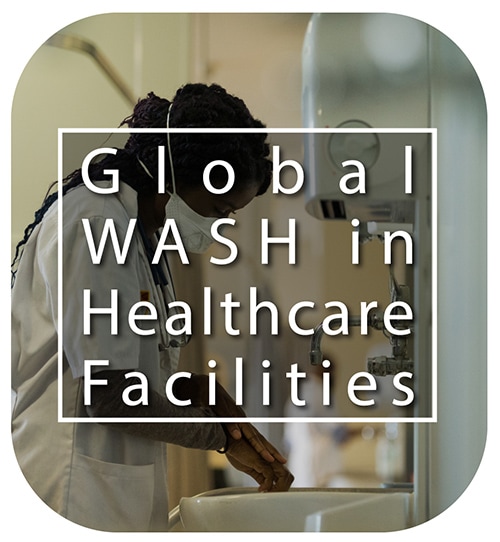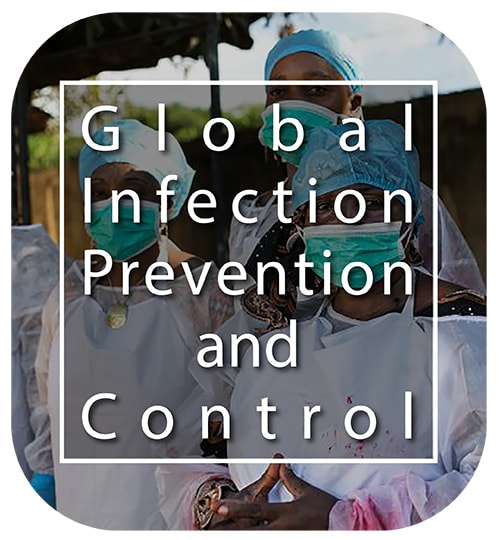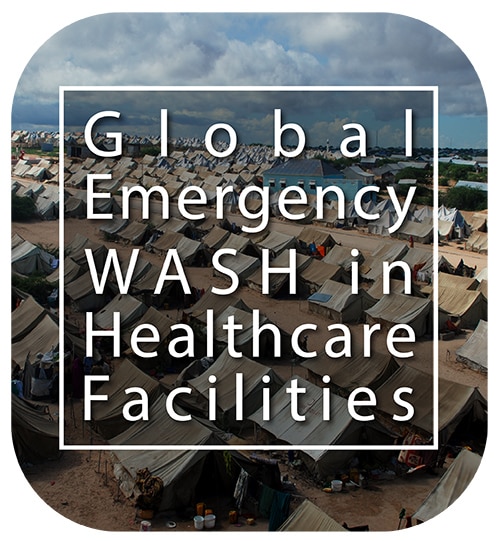Water, Sanitation, and Hygiene (WASH) in Healthcare Facilities
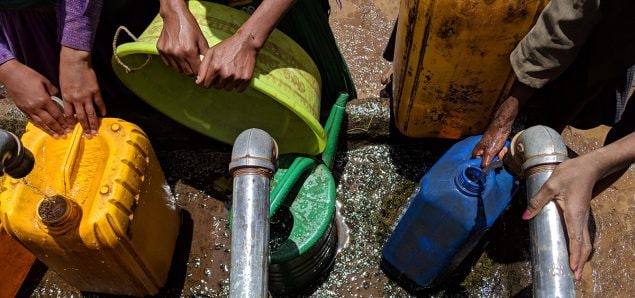
To provide quality care, healthcare facilities need to have a safe and accessible water supply; clean and safe sanitation facilities; hand hygiene facilities at points of care and at toilets; and appropriate waste disposal systems.
Infrastructure that supports water, sanitation, hygiene (WASH) and healthcare waste management practices helps prevent the spread of diseases within the healthcare facility and to the surrounding community.
The scope of the problem
Healthcare facilities in resource-limited settings lack essential WASH and health care waste services.
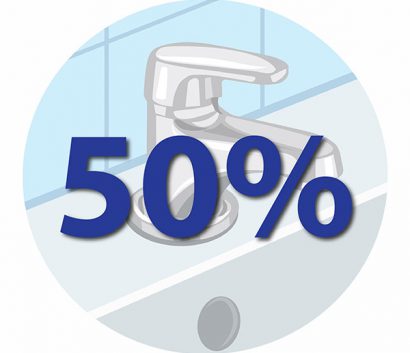
Lack access to piped water
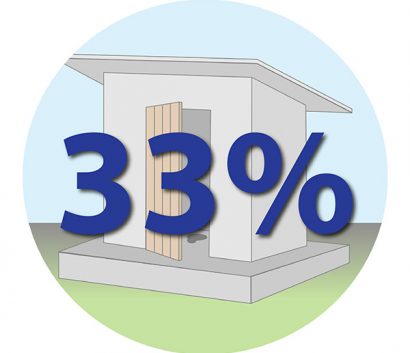
Lack improved sanitation
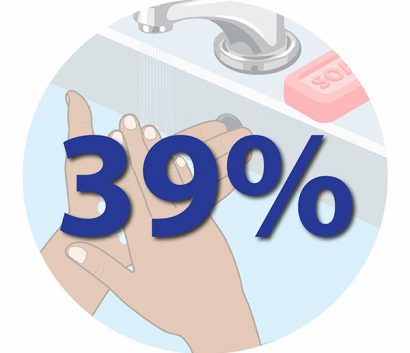
Lack soap for handwashing
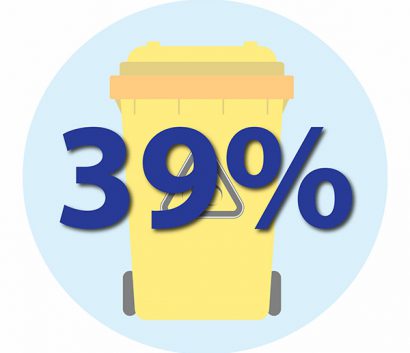
Lack adequate infectious waste disposal
Source: Cronk, R., & Bartram, J. (2018). Environmental conditions in health care facilities in low-and middle-income countries: coverage and inequalities. International journal of hygiene and environmental health, 221(3), 409-422.
Without appropriate WASH infrastructure and services, patients, healthcare workers, and communities are at increased risk of disease. For example, if patients or staff drink unsafe water when they are thirsty, or when taking oral medications, they could get sick with a waterborne disease. WASH infrastructure and services are also essential to allow healthcare workers to perform appropriate infection prevention and control (IPC) practices. For example, both healthcare workers and patients need access to hand hygiene supplies to reduce the risk of spreading infections through unwashed hands.
Different levels of healthcare facilities also have different WASH needs. A facility that provides acute care, such as performing surgeries or treating highly infectious patients, requires more advanced IPC practices and may have special needs for treatment of contaminated feces or may require a high level of water quality. Facilities that offer only primary care services still require good WASH systems but may not need to meet these stricter requirements.
A global response
The U.N. General Assembly recognizes the global health crisis created by this lack of WASH infrastructure and services in healthcare facilities and has called for basic WASH services in all healthcare facilities by 2030 under Sustainable Development Goal 6. However, until this ambitious goal is achieved, millions of people will remain at risk due to unsafe WASH conditions in healthcare settings.
To address WASH in healthcare facilities in resource-limited and emergency settings, CDC provides broad expertise in the following areas:
Establish international partnerships and conduct WASH assessments in facilities that provide primary healthcare; identify gaps, recommend improvements, and evaluate progress.
Support the development of sustainable IPC programs at the national and facility level, particularly in hospitals where acute care services are provided.
